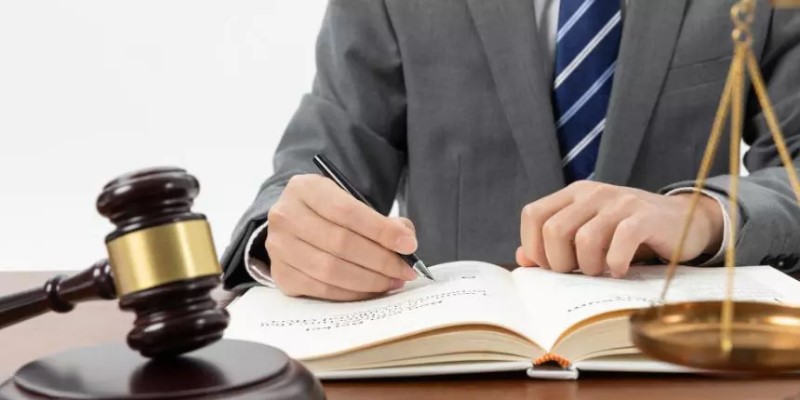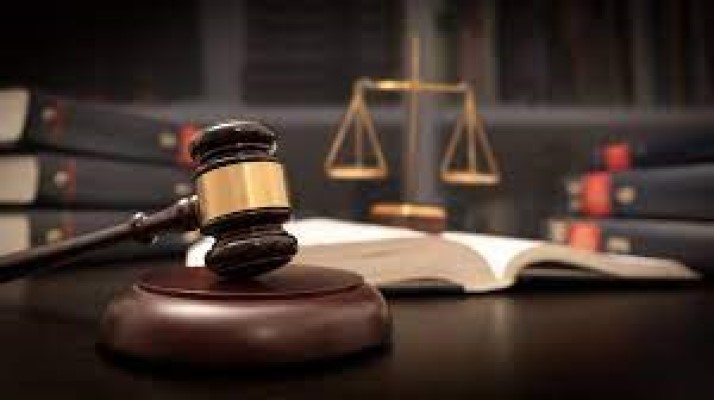Pedestrian accidents often lead to complex legal cases that typically require the expertise of a specialized attorney. When a pedestrian is injured by a vehicle, the immediate aftermath can be overwhelming, encompassing not only the physical injuries sustained but also the emotional and financial burden. Recognizing the rights and protections under the law is crucial for those affected, and this is where a pedestrian accident attorney comes into play. They are legal professionals who focus on representing individuals who have been struck or hurt in traffic-related incidents while on foot.
These attorneys are well-versed in the nuances of traffic laws and understand the challenges that pedestrians face when navigating the legal system. They aim to help their clients receive fair compensation for medical bills, lost wages, and pain and suffering. Effective representation from a pedestrian accident attorney can make a significant difference in the outcome of such cases by ensuring that the injured party’s interests are robustly argued and defended against insurance companies and in court.
Their work often involves gathering evidence, negotiating with insurance adjusters, and, when necessary, taking the case to trial. They tackle issues related to fault, liability, and the calculation of damages—efforts that aim to secure the financial support required for the injured to recover and move forward. As pedestrian accidents can result in severe injuries or even fatalities, the stakes are high, and the expertise of a seasoned pedestrian accident attorney can be instrumental in reaching a just resolution.
Understanding Pedestrian Accidents
Pedestrian accidents are a serious public safety concern, often leading to catastrophic injuries or fatalities. Understanding the dynamics of these incidents, including their common causes, types of injuries, and the role of negligence, is crucial for prevention and legal action.
Common Causes and Prevention
Common causes of pedestrian accidents include distracted driving, speeding, and poor visibility due to dark conditions. Pedestrians are particularly vulnerable in areas where vehicles and foot traffic intersect, such as crossing the street and parking lots.
- Preventative measures:
- Improved lighting in walkways
- Clear traffic signs
- Educational campaigns targeting drivers and pedestrians
Employing preventative strategies can significantly reduce the risk of pedestrian accidents.
Types of Pedestrian Injuries
Pedestrian injuries range from minor to severe, with the most serious injuries including traumatic brain injuries (TBIs) and spinal cord injuries. These injuries can have long-term or permanent effects on one’s quality of life.
| Injury Type | Impact on Pedestrian |
| Traumatic Brain Injuries | Potential long-term cognitive impairment |
| Spinal Cord Injuries | Possible paralysis and loss of function |
Immediate medical attention is crucial for mitigating the severity of these injuries.
The Role of Negligence in Accidents
When a pedestrian accident occurs, establishing the role of negligence is fundamental in determining liability. Negligence may involve a driver not yielding at a crosswalk or a pedestrian jaywalking.
- Factors to consider:
- Was the driver distracted or speeding?
- Did the environment contribute to poor visibility?
Understanding the nuances of negligence is essential for legal proceedings in pedestrian accidents. Legal professionals specializing in this field can help determine the presence and extent of negligence in such cases.
Legal Guidance and Compensation
Seeking legal guidance for a pedestrian accident can help victims recover compensation for a range of damages, including medical expenses and lost wages. An experienced attorney will navigate the legal intricacies to ensure rightful compensation for both economic and non-economic damages.
Filing a Claim for Compensation
After a pedestrian accident, timely filing a personal injury claim is crucial due to the statute of limitations set by the state. As soon as medical attention is received, one should consult a personal injury attorney for a free consultation to discuss legal options. The claim should encompass:
- Medical Bills: Documented evidence of all medical treatment expenses.
- Lost Wages: Verification of income lost due to the inability to work.
- Pain and Suffering: Estimation of non-economic damages.
The police report and any documented medical attention details become key pieces of evidence in supporting the claim.
Insurance Negotiations and Settlements
Navigating insurance negotiations requires precision and assertiveness. A seasoned attorney will engage with the insurance adjusters to strive for a fair settlement. Negotiation factors include:
- Insurance Claim: Initiated against the at-fault party’s car insurance or bodily injury liability coverage.
- Health Insurance: Coordination with one’s own provider to address coinsurance costs.
- Underinsured Motorist Coverage: Utilized if the at-fault party lacks sufficient coverage.
- Out-of-Court Settlement: Often a desirable, swifter resolution that avoids trial.
Assessing risk and potential judgment outcomes, a personal injury attorney will advise on whether to accept an insurance settlement or proceed to trial.
Navigating the Legal System
To successfully navigate through the complexities of the legal system, it is imperative to have an attorney with a strong reputation for handling personal injury cases. Legal guidance includes:
- Personal Injury Protection (PIP): Available in no-fault states to cover initial medical expenses, regardless of fault.
- Wrongful Death: Additional considerations in tragic cases.
- Contingency Basis: Many personal injury attorneys work on this basis, meaning they only get paid when you win your case.
- Statute of Limitations: The strict timeline within which a claim must be filed.
- Legal Options Review: Detailed exploration of every potential avenue for compensation.
An attorney’s experience and negotiation skills are critical for a plaintiff’s success, particularly in cases involving serious injuries, such as neck injuries or fractures.



